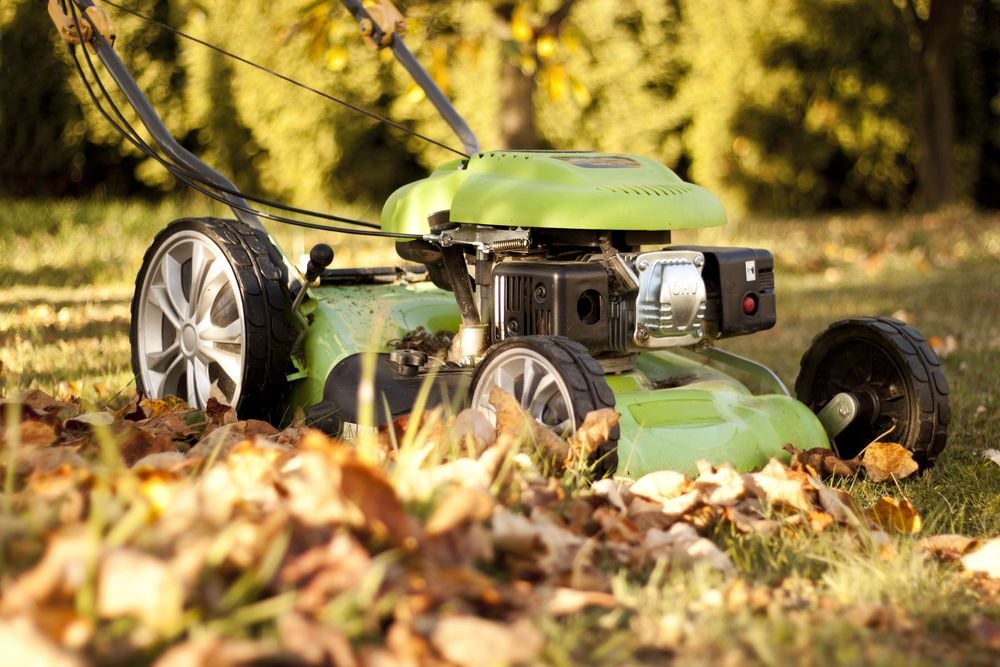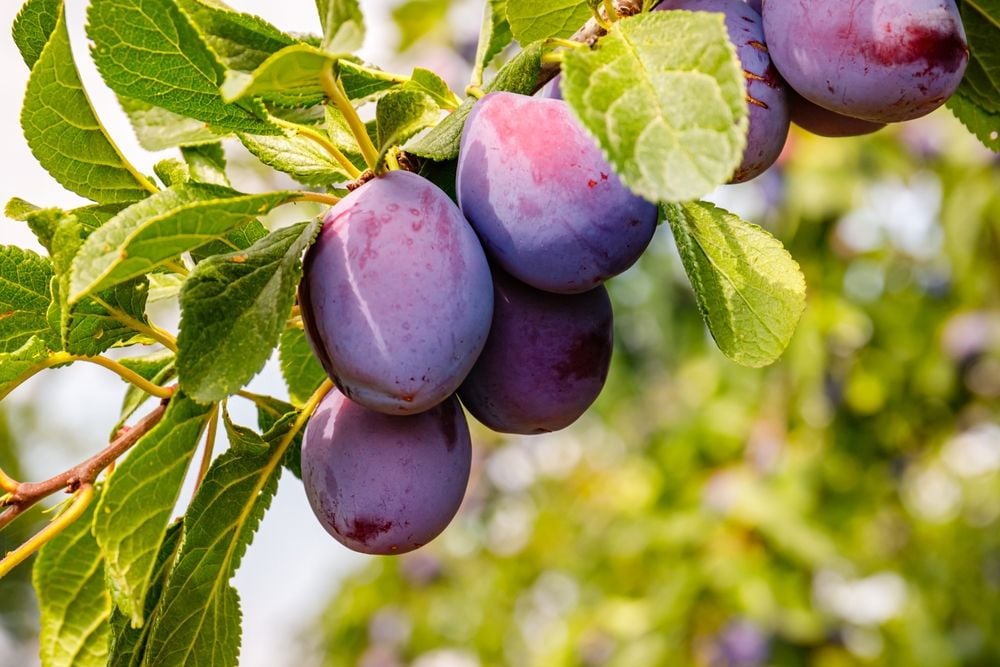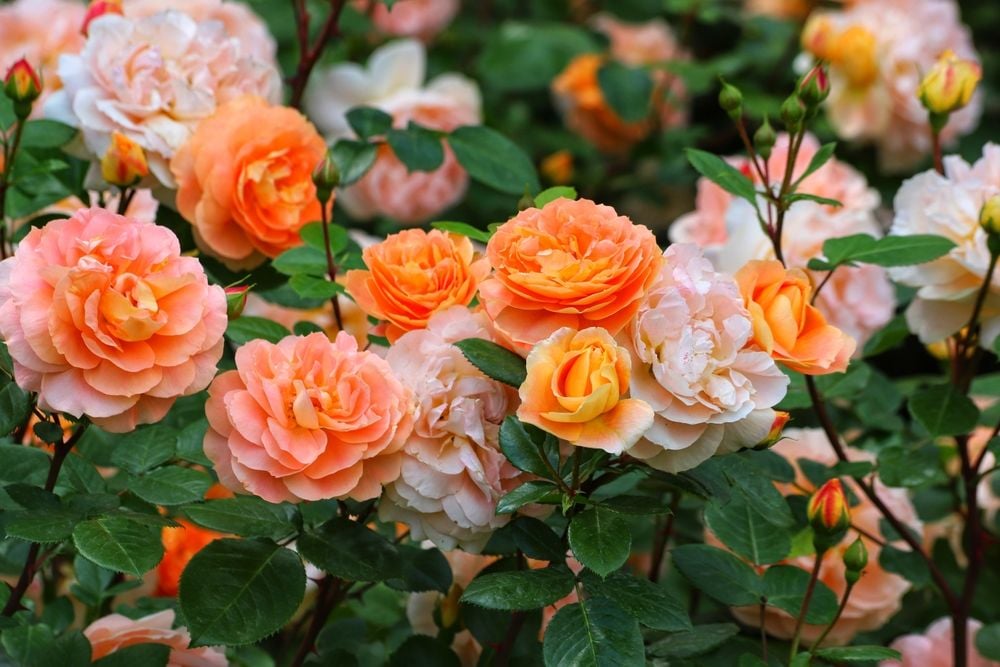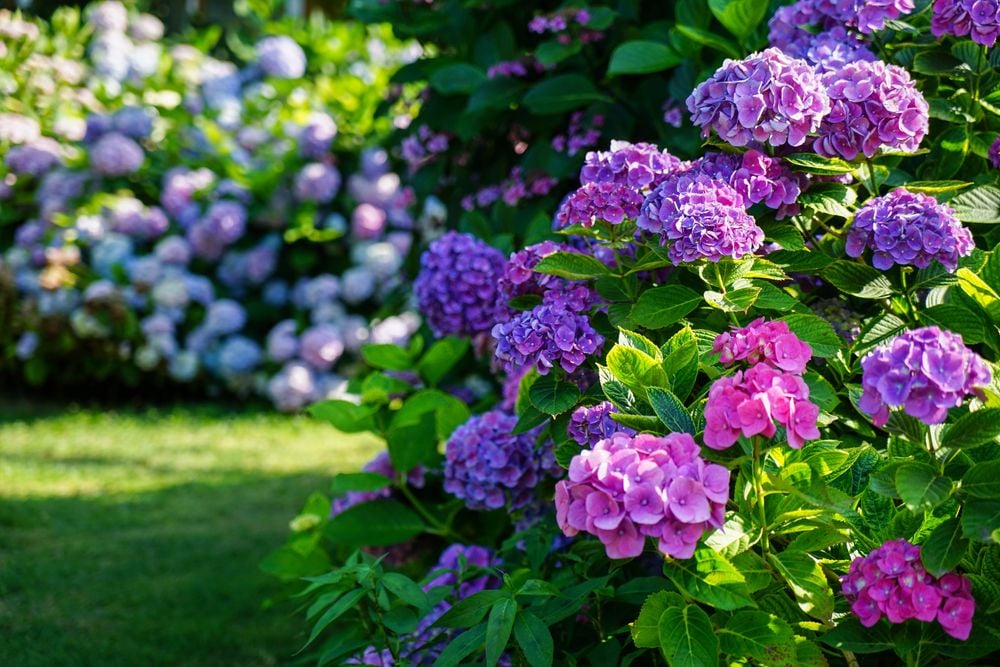
Everlasting Meals: The Wonders of Perennial Vegetables
- Jun 4, 2025
Perennials, the daring vegetable world's comeback kids, bring joy and bounty year after year. The biggest advantage of perennial vegetables is their longevity, a stark contrast to their annual companions. Imagine the joy of being able to rely on a constant supply of vegetables, delivering their wonders for several seasons!
Garden experts we spoke to sang the praises of these edible perennials. Reaching into their treasure trove of knowledge, they bring us closer to these life-giving plants that promise a steady stream of delicious meals for years to come.
Rhubarb, the tart powerhouse, is such a perennial favorite. Entering a dormant phase in the cold winters, it revives beautifully when spring blossoms. However, be aware that not all parts of rhubarb are a chef's delight. As Damon Abdi, a landscape horticulture professor at Louisiana State University, warns, "Its leaves contain substantial amounts of oxalic acid that can be harmful to us, so promptly remove them during harvest."
Rhubarb can be nudged to give hail earlier, providing a sweet and tender harvest. Luay Ghafari, the innovative mind behind Urban Farm and Kitchen, shares a neat little trick: "Block out the light and create warmth around the rhubarb crown with a bucket or a ceramic forcer. This stimulus makes them grow quickly in search of light, resulting in stalks that are pink, slender, with a delicate texture and milder flavor."
Asparagus, Ghafari’s perennial of choice, can turn a garden spot into its perennial home for over a decade and resonate with its earthy flavors year after year. But space selection is crucial along with the nutrient availability in the soil.
A word of caution from Professor Abdi: "Allowing asparagus spears to grow and develop leaves creates tall ferns potentially overshadowing the rest of your garden. Choose its location wisely."

Garlic chives too make an appealing case. Ghafari states, "These grow from tiny bulbs underground and develop into groups of flat leaves with a gentle garlic tang. Often used in Asian cooking, their utility extends beyond that." Harvestable until late summer, their white blossoms, when they emerge, make for pretty and tasty garnishes.
Artichokes and their versatile taste profile can be harvested in the warm months following a fall planting. On harvesting, Damon Abdi suggests, "Cut the stems to just above the soil level, forcing the plant into a dormant stage for a season. Ensure that the most robust shoots remain on the mother plant for regrowth and continued bounty."
Horseradish, despite its acquired taste, is a perennial worth gambling on. Harvest it (mainly the edible root part) late in the season, especially after a good frost. "Processing horseradish should preferably be an outdoor activity because its strong aroma can get uncomfortable indoors," Damon Abdi notes. He adds a pro harvest tip: one-year-old roots offer the best taste and texture.
Red-veined sorrel is a self-sufficient, low-upkeep perennial. Marcus Bridgewater, founder of Garden Marcus, tells us, "Watering in the heat and harvesting leaves is about all you need. It surprised me after shrugging off a harsh winter, came back even stronger, allowing us to enjoy its bounty every week."
Lastly, the moisture-loving watercress also promises to be a delightfully flavorful and rewarding choice among perennials. Sow it in early spring and ensure regular watering (or use a water-laden area), and it’ll regale you and your palate with its uniquely peppery notes for years to come.






